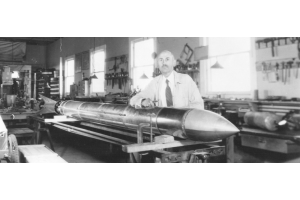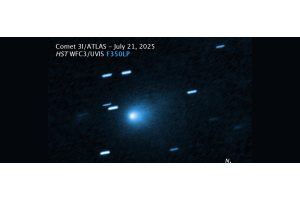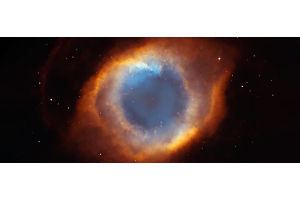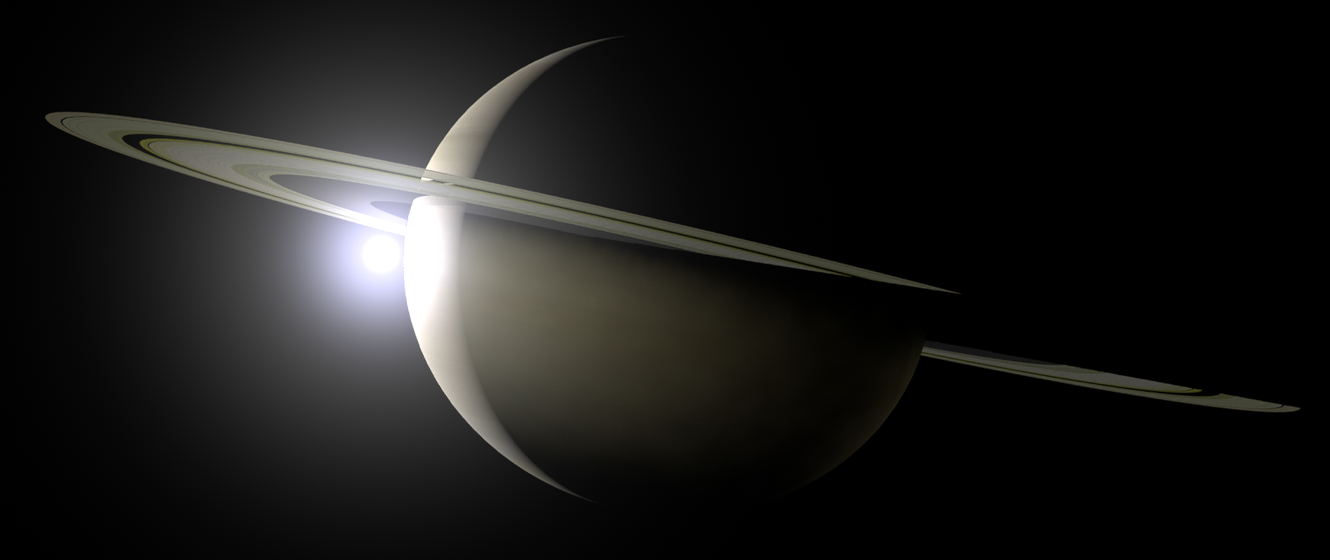
With the exception of the Earth, perhaps the most famous planet in our solar system is Saturn. Almost anyone knows the planet as “the one with the rings” and even the most seasoned observer will typically find time to admire it. Space probes like Pioneer, Voyager, and Cassini have provided us with some stunning close-up views, but what can Earth-based observers hope to see?
There are five planets visible to the naked eye, of which Saturn is the most distant. As a result, it appears to move the slowest against the background sky. Saturn takes almost thirty years to orbit the Sun and typically spends about two and a half to three years in each of the zodiac constellations. Since it’s the most distant planet, it’s not surprising that Saturn is also the faintest but, with the exception of the Sun, Moon, and the other four naked-eye planets, it can still outshine almost everything else.
At its best, it can be as bright as magnitude -0.5, which is brighter than all but two of the stars in the sky. (Only Sirius and Canopus are brighter.) At its worst, it can fade to about magnitude 1.2, but it typically shines at around magnitude 0.5. That’s brighter than the vast majority of stars, but it also means the planet can still be potentially mistaken for one of those more distant stellar points of light.
So how can you tell if you’re looking at Saturn or a star? There are a couple of clues:
- Saturn appears slightly yellowish, or a very pale gold-white. While some stars appear orange, the vast majority appear white or blue-white.
- Planets don’t twinkle. Since planets are so much closer to the Earth, they actually appear as tiny discs in the sky (even if you can’t see them as such with just your eyes). Therefore, their light is less susceptible to the air turbulence that causes the stars to twinkle.
- Lastly, planets move, although you’ll need to wait a while to see any difference in Saturn’s position. Depending upon the circumstances, you may have to observe the planet over a period of several weeks, or even months, to notice any movement in relation to the background stars.
You can’t, of course, see the rings with just your eyes. For those, you’ll need to use some form of optical aid. So how can binoculars help you in this situation?
Unfortunately, not a lot! With a good set of 10x50 binoculars, if the rings are wide open, you may notice that the planet appears oval, but it will still appear tiny. If you didn’t already know the planet had rings, you certainly wouldn’t be able to tell with regular binoculars.
Experienced observers under excellent seeing conditions might be able to spot Titan, the planet’s largest moon. However, this can be challenging at best and you’ll need to know exactly where to look.
What Do You Need to See the Rings of Saturn?
The good news is that you won’t need a large telescope to see and appreciate the planet’s true beauty. It’s certainly stunning the first time you set eyes upon it. For one thing, it’s almost like seeing a celebrity. Here’s a planet that’s so often featured on television and in magazines and now you’re seeing it with your own eyes. It’s real. It’s there.
There’s also often a sense of depth and perspective that accompanies the view, giving the observer a three-dimensional reality that’s simply not present in images. It’s hanging there in space, like an ornament on an invisible Christmas tree.
A small refractor or reflector, such as a 70mm telescope, is enough to clearly show the rings. How those rings will appear will vary from year to year as Saturn orbits the Sun. Just as the Earth’s poles are tilted by nearly 23.5 degrees, Saturn’s are tilted at roughly 2.75 degrees. As a result, Saturn experiences seasons, just as the Earth does.
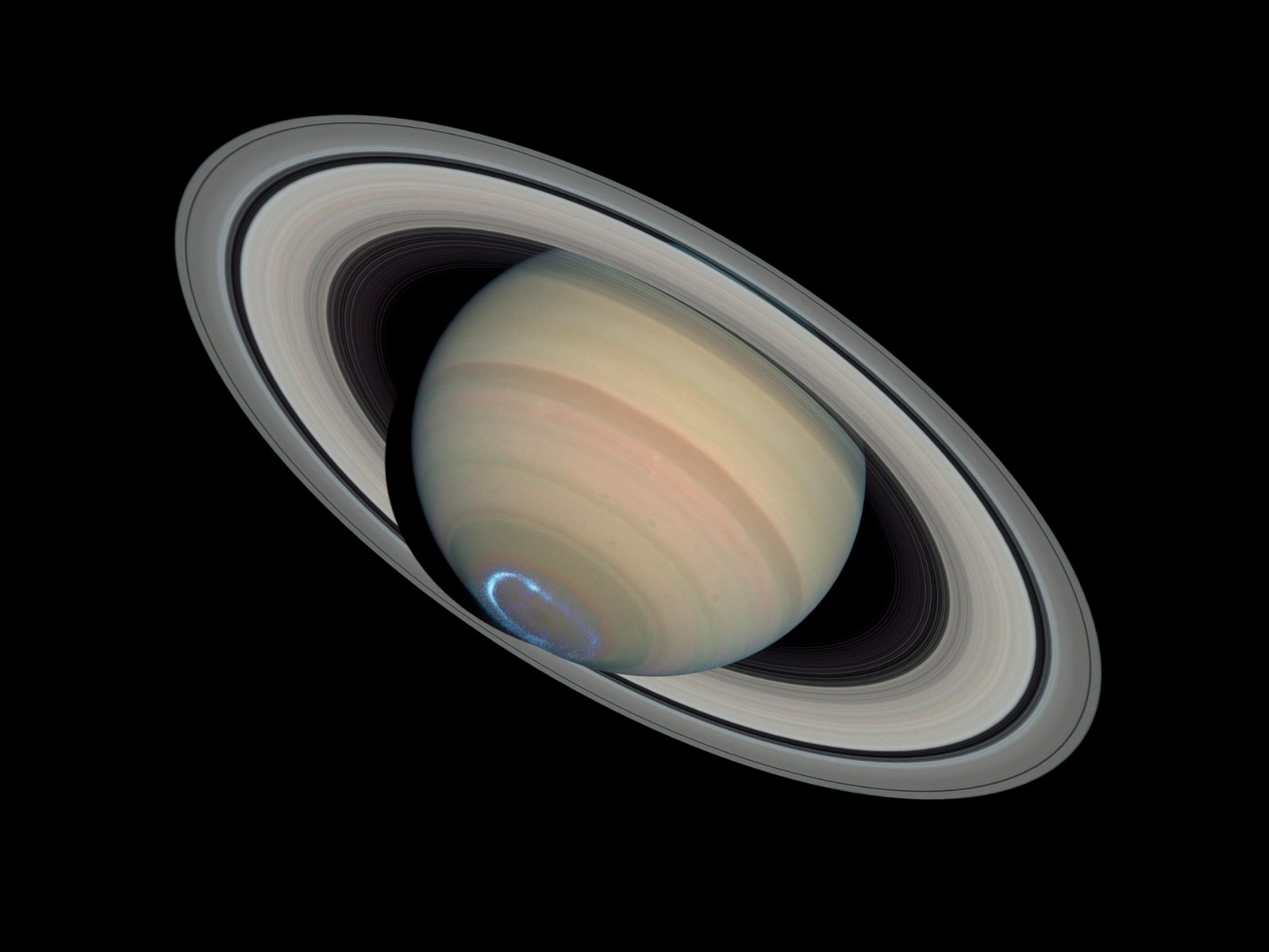
When the planet is experiencing summer in either its northern or southern hemisphere, the planet appears to be tilted over a little and we see the rings wide open. When the planet appears upright, the rings appear edge-on to us and can disappear from view.
It takes about 15 years for the rings to change from edge-on to wide open and then to appear edge-on again. For example, the rings were edge-on in 2010, wide open in 2017, and will appear edge-on again in 2025.
If the planet is visible on the exact date when the rings are edge-on, you have the rare opportunity to see the planet as it might appear as if it had no rings at all. It’s only possible for a few days, but the rings will seem to disappear completely from view before gradually widening and becoming visible again.
This will next happen on March 23rd, 2025, but unfortunately, it’ll be too close to the Sun in the sky to be visible. The next best thing is being able to see the rings almost edge-on - which will happen in October and November of the same year.
Of course, the vast majority of the time, the rings can be plainly seen. Through a telescope, you should be able to see two rings relatively easily, even at a low magnification of about 30x. The outer ring is known as the A ring while the inner ring is the B ring.

Image Credit: NASA
Between them is a gap, known as the Cassini Division. Named for Giovanni Cassini, the Italian astronomer who first observed it in 1675, this gap is 4,800 km (3,000 miles) wide. The Cassini Division, like the rings themselves, can be seen with almost any good telescope, but you’ll probably need a magnification of close to 100x to see it.
There’s another gap in the rings, close to the edge of the outer A ring. Known as the Encke Gap, this thin division is challenging and will probably require at least a 10” telescope to spot.
The rings are not solid. They’re made up of innumerable icy chunks, typically ranging in size from about 1 centimeter to one meter. They’re not thick either; despite being thousands of kilometers wide, at most they’re only about a kilometer thick. And yet, the rings can cast shadows - and have shadows cast upon them - as if they were solid.
When the rings aren’t fully open and both hemispheres of the planet can be seen, you’ll see the shadows of the rings on the planet itself. Likewise, when the orbital alignment of the Earth and Saturn is correct, you’ll see the planet casting a shadow on the rings behind it.
What about Saturn itself? What can be seen there? Unfortunately, while Jupiter keeps astronomers fascinated with its turbulent atmosphere, Saturn appears to be a serene world in comparison. Again, with almost any telescope, you should be able to spot a band encircling the equator, or patches over the polar regions, but these features are only slightly darker than the rest of the planet.
If you want to see more detail, it might be worth investing in a filter for your eyepiece. If you have a small telescope, a light blue filter is probably best while larger apertures can benefit from a darker blue filter. The 80A blue filter can also be useful when observing the other planets.
How Many Moons of Saturn Can You See?

Jupiter has four large satellites that can be easily seen with binoculars and whose movements can be followed over just a few hours. Saturn has a larger retinue of visible moons, but they move more slowly and you may need to track them over several nights.
Titan is the largest and brightest and, as mentioned earlier, can theoretically be seen in binoculars. It shines at about magnitude 8 and should be easily seen in almost any telescope with a low magnification of about 30x.
Rhea, the next brightest, requires a scope with an aperture of three inches or greater. It’s typically about magnitude 9 and will also be visible with a low magnification.
Two others - Tethys and Dione - are also easily seen with a four-inch scope, but with both worlds appearing about magnitude 10, you’ll probably need to up the magnification to close to 100x.
A fifth moon, Iapetus, appears to come and go. It has one dark and one bright hemisphere and when the bright hemisphere is facing the Earth, it can be spotted in a three or four-inch telescope with a magnification of about 100x. If the darker hemisphere is facing the Earth, you’ll probably need a mid-sized scope of at least six inches.
Saturn is more than just the jewel in our solar system’s crown. For many, seeing Saturn through a telescope for the first time is enough to draw them into a life-long love of astronomy. Regardless of age or experience, whether you’re a youngster just learning the hobby or a seasoned astronomer with decades of experience, Saturn is always certain to captivate and amaze.

Interested in learning more about the planets in our solar system? Check out our Astronomy Hub!
This Article was Last Updated on 08/15/2023








